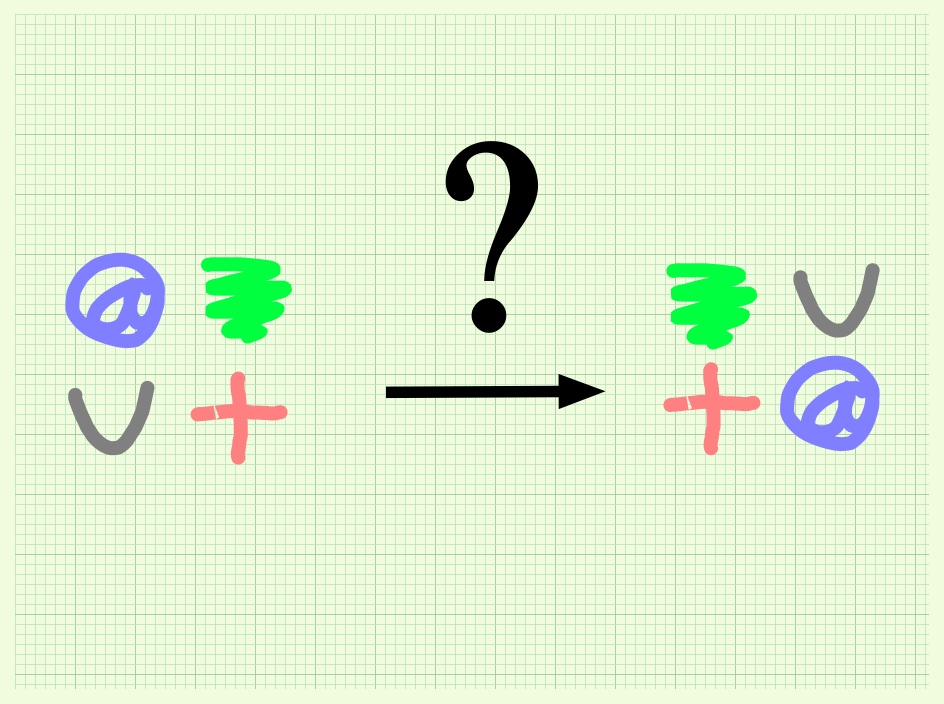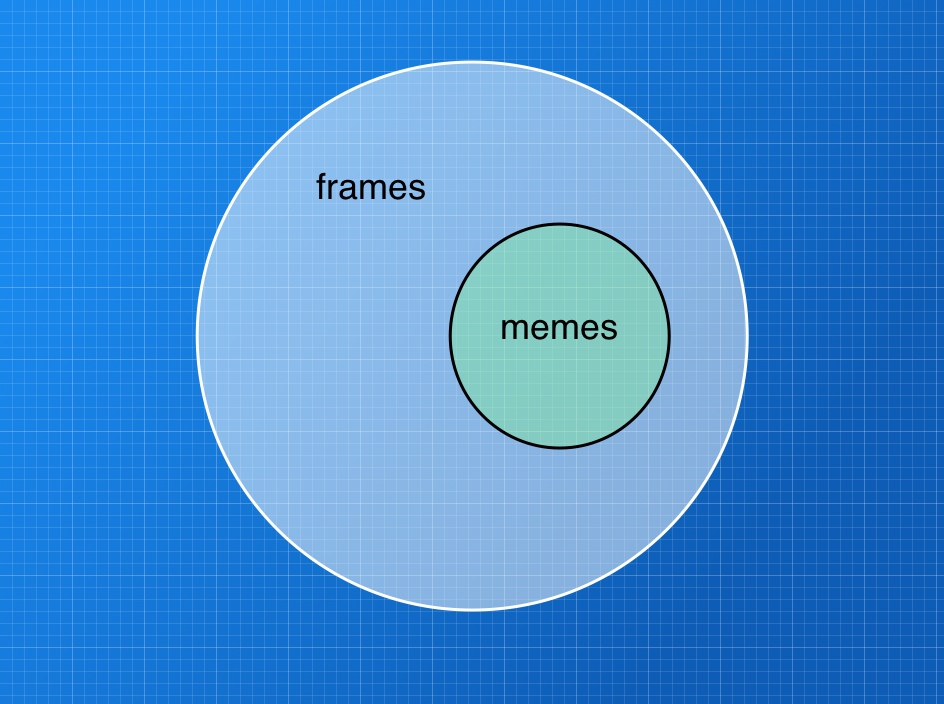Taxonomy of Frames for Innovation
Here you have it folks, in a 4 minute timelapsed writing + voice narration video.
Having published a few weeks ago my confidence is growing that this baby is a keeper. It's actually the toolkit of a generalist innovator. "Generalist" sound dull to you? Not me - I am one, proud of it. Study widely different domains and then mash them up.. We can transform education by playing anthropologist, and seeking insights outside the domain. Anyways have a watch - you'll know within seconds if you want to keep going: Read more here, contribute here.






























